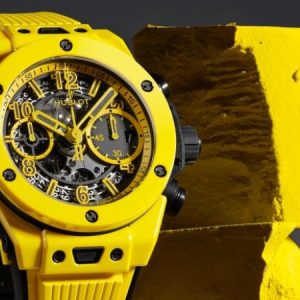More than 20 years ago, the vintage watch market didn’t really value watch patina, or, in other words, watches that show their age. However, we can see in today’s vintage watch market, watches with patina are something sexy for watch lovers. The patina will grow over time; from the patina of a watch, we can see the age of the watch. However, have you ever asked where does patina comes from? We will discuss it in the following article.
Recently, there have been many watches called “tropical” dials, which are dials on vintage watches that have turned brown. The dial is not “born” like this, it is mostly black initially, and the oxidation of the paint mixture makes the dial turn brown over time.
Read: Step up Your Game with TAG Heuer Connected Golf Edition

Vintage watch collectors love this. And what about other types of patina? The so-called “Radium burn” falls into the same category. For the first half of the 20th century, watch manufacturers used radium, a radioactive material, to coat the hands and dials so that they could glow in the dark.
Sometimes the radium from a painted watch hand will “burn” the dial, changing the color of the paint underneath and producing an interesting pattern that vaguely resembles the hands of a watch. Radium burning is often asymmetrical, and that’s the damage caused by radium-based paint. However, many people in the watch world are crazy about this look. Sometimes, it even looks beautiful.

Read: Zenith Chronomaster Sport Now Comes in Gold
What about the bezels? Bakelite, one of the first synthetic plastics, was used to make bezels, including the first Rolex GMT Master, 6542. Since similar bezels are prone to cracking and breaking, they are now rare and highly sought after. Many of them also fade in the sun; even the aluminum layer that comes later fades in the sun.
The interesting thing is that each watch will not have the same fading pattern, even if you compare the two manufactured bezels for the GMT Master ref. 1675, with red and blue bezels, definitely won’t match. Sometimes you’ll get one where the red has faded into a beautiful magenta, and the dark blue has turned sky blue.
The patina may technically damage the watch, but sometimes, that’s what makes these objects beautiful. You’ll often hear collectors talk about the Japanese concept of wabi-sabi or the acceptance of imperfection. This aesthetic has its own charm and is largely centered on the philosophy that beauty is impermanent and imperfect.





